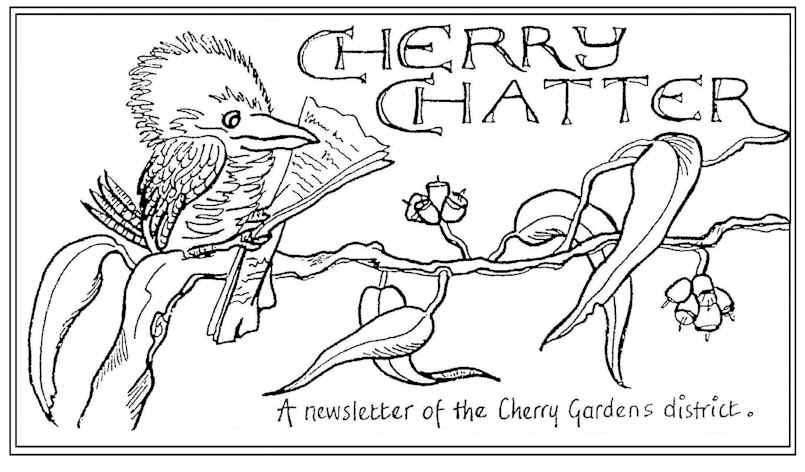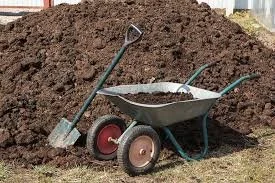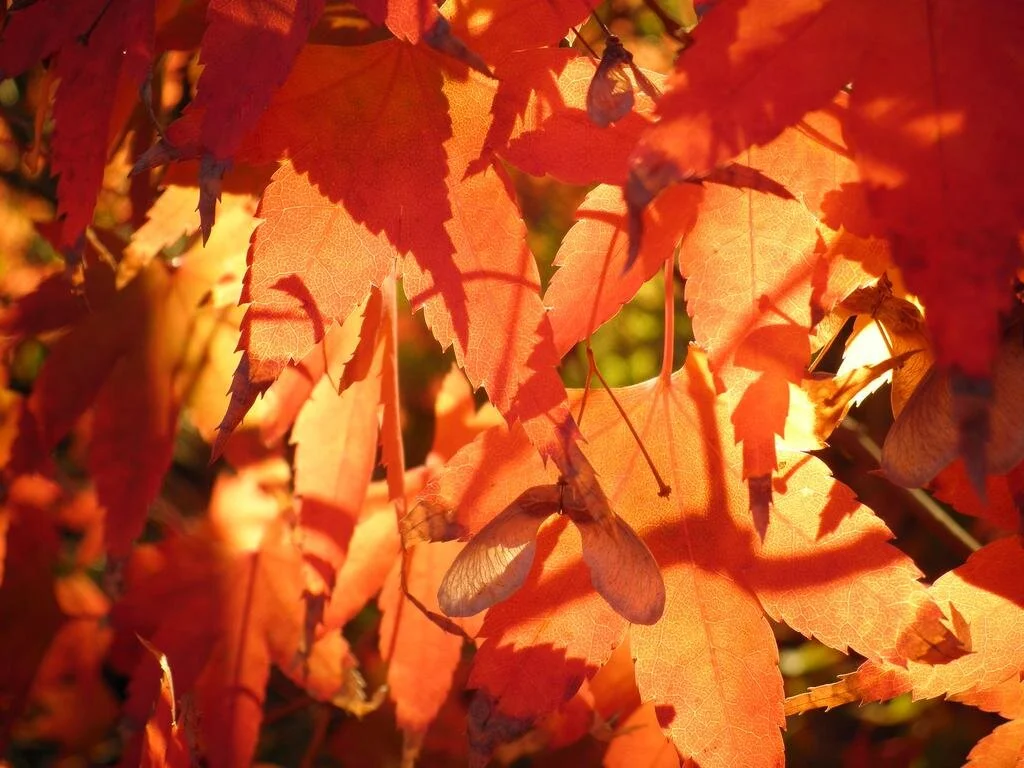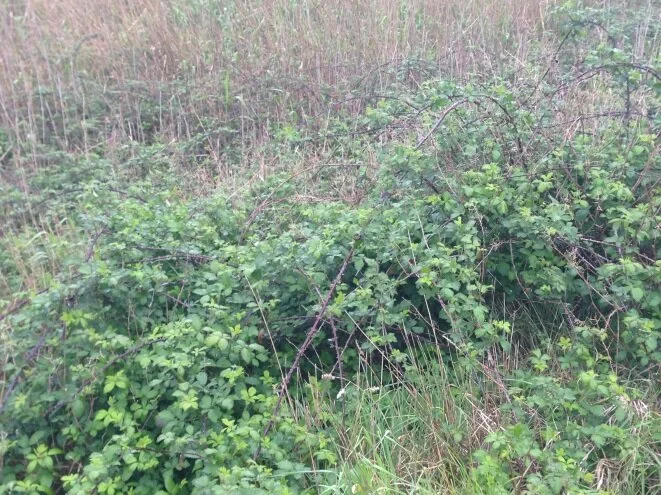Garden Club (June)
GEORGE'S GARDENING SUGGESTIONS FOR June 2021
It’s pruning time!
Firstly, your ornamental and fruiting vines, then your fruit trees, followed by your hydrangeas. You can easily strike vines and hydrangeas by using pencil thick sections with about 7 nodes, placing them right way up into some quality potting mix with at least 3 nodes covered and keeping them damp in a sunny spot.
As soon as all the leaves have fallen from your fruit trees you can prune them to shape. Give nectarines and peaches a copper spray now and in early spring to avoid leaf curl.
Roses should be left till next month to prune.
Fruit and nut trees should be planted out now, and roses too, into well prepared sites, no deeper than what they were in the nursery.
Lift dahlias and store them in dry sand, or sawdust, out of the weather, until they begin to shoot in spring- they require well prepared rich soil so prepare their site for next season now.
Weeds are always a problem from now on so attack them whilst small and use them to enrich the soil. Many plants perform poorly because of the competition by those pesky weeds.
Any shady spots in the vegetable garden not being used through winter can be planted with some form of legume (peas, beans or even clover ) and dug in 6 weeks before your summer crops are planted, they provide valuable nitrogen and organic matter to the soil.
Don’t forget to keep turning over those heaps of autumn leaves you have gathered!
GARDEN CLUB April Meeting Notes
Contact Ray Wise – President 0405 273 003 83836011
At the 12/4/21 meeting of the Garden Club members told about their gardening since the previous meeting. Some had attended the Landscape Design displays at various homes, ranging from courtyard homes to one with 1.5 acres of land. Others had been busy pruning, fertilising, mulching, treating whitefly, planting hedges of Bottlebrush and Sweet Viburnum, starting a memorial garden of lavender and rosemary, and cutting out the centre of a lemon tree to enable all next season’s lemons to be picked easily.
Native Orchids
The Speaker for the evening was Rosalie Lawrence who gave a very interesting talk about Native Orchids. Some interesting facts from her presentation are:
There are 1800-2000 Australian Orchids (worldwide there are about 27,000)
95% of Aust.Orchids are found only in Australia
82% are terrestrial, 19% epiphytes (air orchids which grow on trees, mosses etc) and lithophytes (grow on rock faces).
SA only has terrestrial - about 290-380 species - 49% of which are recognised as threatened.
There are about 50 species in the Adelaide Hills.
To distinguish an orchid from other flowers, the left or right half of it would be a mirror image of the other half.
The Midge Orchid from a reserve near Port Lincoln was the first orchid found in SA.
Orchids are very sensitive. If you kneel down to take a photo of one you would probably be kneeling on tiny juvenile orchids and killing them.
Keep to the tracks when going through the bush and look where you are putting your feet.
Orchid seeds are aerodynamic in shape and can be spread by the wind.
Studies are still going to determine how bushfires affect native orchids. Some, like the Helmet Orchid did not perform very well.
It is illegal to pick any native flowers from the wild.
The orchid society is in the process of setting up a recognition App. You never know, you may just discover a new variety which has not been catalogued as yet. In the meantime, if you see a native orchid and carefully take a photograph of it, please send a copy to https://www.wildorchidwatch.org/ or contact the Native Orchid Society of SA Inc at www.nossa.org.au or nossa.enquiries@gmail.com. NOSSA meets at St.Matthews Hall, Bridge Street, Kensington at 8pm 4th Tues of the month from Feb - Nov.












